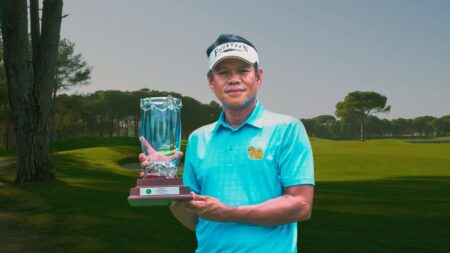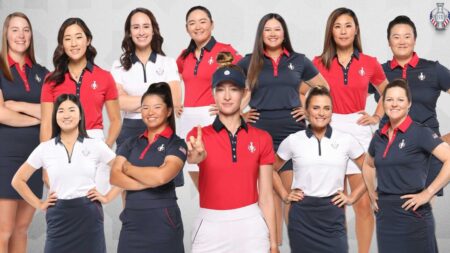The former number 1 Simona Halep was provisionally suspended by the International Tennis Integrity Agency (ITIA) on Friday as her sample was found with the banned substance roxadustat. Roxadustat is a substance which is used for kidney-related problems.
It came as a shocker to the tennis fans and was unexpected as the announcement came on Friday. The current number 9, Halep herself posted about it in the tweet. She said that it came as the “biggest shock” of her life.
The Romanian said she felt betrayed and she would fight against it until the end.
https://twitter.com/Simona_Halep/status/1583453055307350022
Tough times for Halep
The last couple of years has not been great for Halep as she suffered a calf injury in 2021 resulting in her ouster from many tournaments. She also broke ties with her longtime coach Darren Cahil.
At the start of this year, the Romanian star did think of retirement. However, she partnered with Patrick Mouratoglou, the former coach of Serena Williams. She said she was feeling rejuvenated after this new partnership.
This year she did return to tennis and did well in a few tournaments. She had reached the semifinals of Wimbledon too. However, her progress halted when she announced that she would be going for nose surgery thus ending her season for this year.

Her last match was at the US Open where she was seeded 7. She lost to Daria Snigur in the first round itself by 6-2 0-6 6-4.
According to the IITA, Halep had tested positive for Roxadustat which is banned in New York. Roxadustat is however approved in European Union for kidney-related ailments.
Roxadustat helps in stimulating the body, resulting in the production of the erythropoietin hormone, which favours cyclists and marathon runners.
Halep said it was found at a very low limit.
For now, Simona is provisionally suspended which means she won’t be able to compete or even attend any tennis-sanctioned event.
Halep might face a four-year ban under the World Anti-Doping Code. The punishment though can be reduced if players admit the intake of the substance soon.
A brief history of doping in tennis

There have been several incidents of doping in tennis before as well. The most famous one was Russian star Maria Sharapova’s case. In 2016, former number 1 was found to be guilty of taking the banned substance, Meldonium. As a result, she was banned for two years, which was reduced to 15 months later.
In 2007, Martina Hingis was found positive for taking Benzoylecgonine, which contains traces of cocaine. The International Tennis Federation (ITF) banned the Swiss legend for two years, forfeited her rankings and slapped a fine of $120,000.
Hingis maintained that she never took Cocaine or anything related to it.
In 1997, Andre Agassi tested positive for the intake of methamphetamine. The World Anti-Doping Agency (WADA) and the Association of Tennis Professionals (ATP World Tour) jointly investigated the case and suspended Agassi for three months.

However, Agassi blamed it on spiked drinks and the punishment was not handed over to him. Later in his biography Open: An Autobiography, Agassi revealed that he became addicted to methamphetamine in 1997 and he had lied in his statement.
In 2009, Richard Gasquet was found positive for cocaine use. Gasquet maintained that it was unintentional use of the drug and he might have gotten it after kissing a woman at a nightclub in Miami(“The Cocaine Kiss Controversy”). As a result. Gasquet received a suspension of six months from May 2009 to July 2009. Consequently, preventing him from playing the French Open and Wimbledon that year.
In 2013, Marin Čilić tested positive for nikethamide. The drug is used to stimulate blood flow and oxygen intake in the body. He was issued a 9-month ban.













